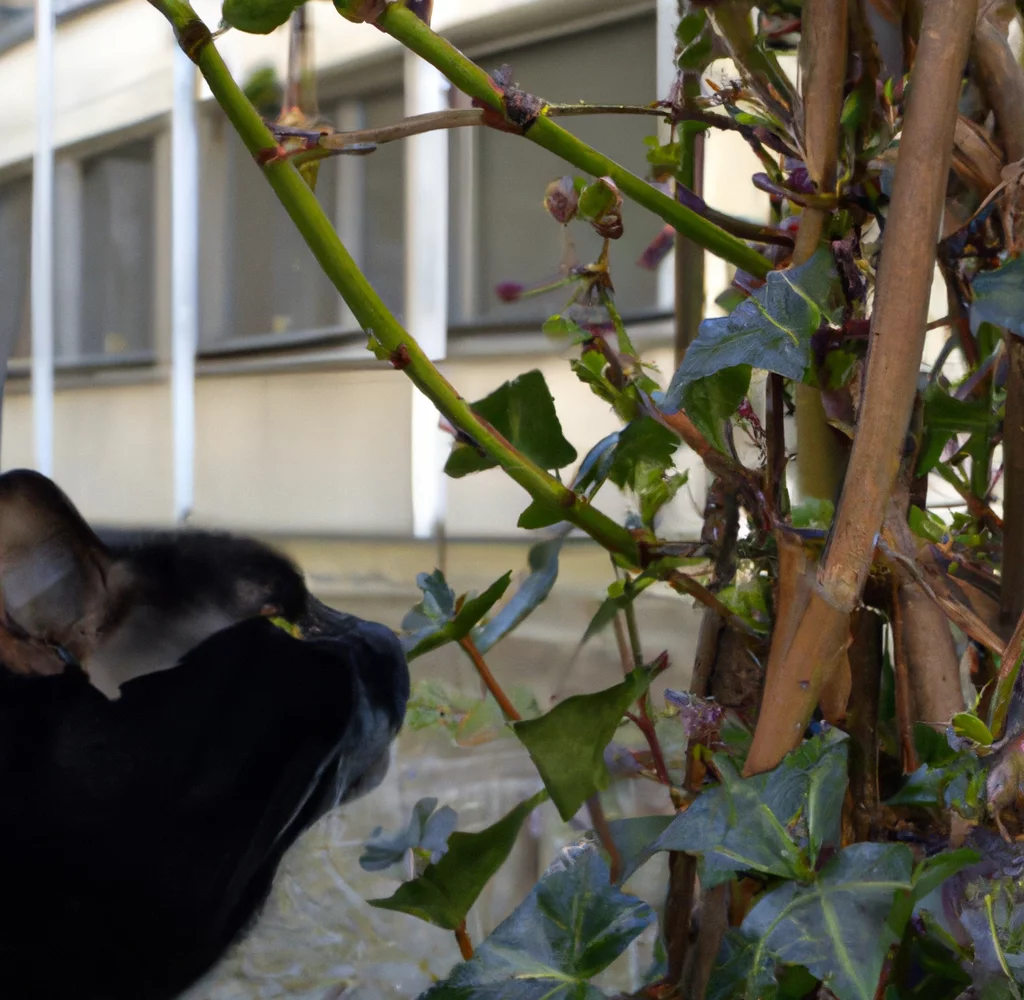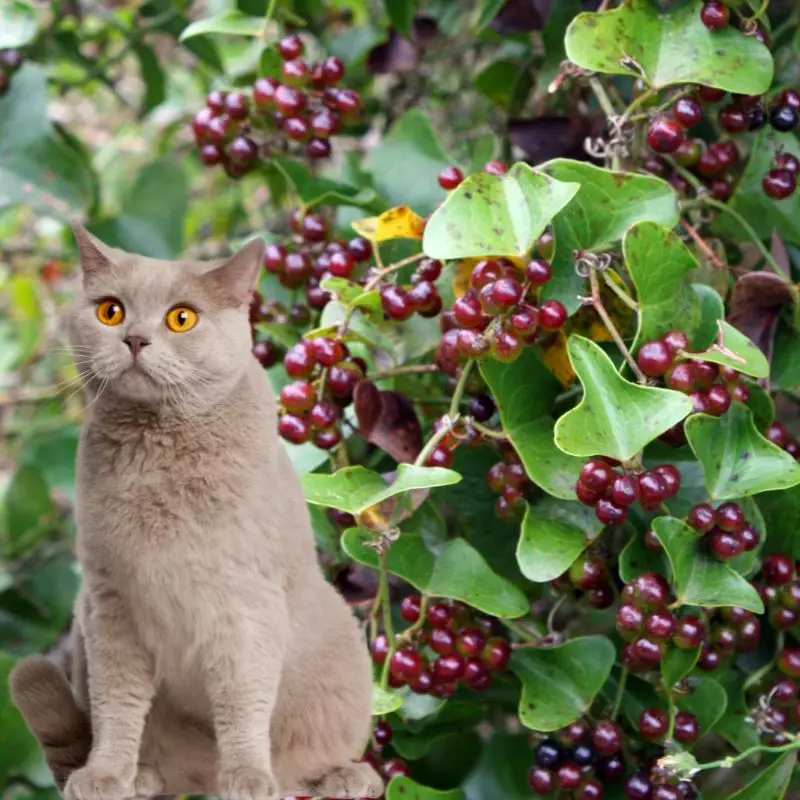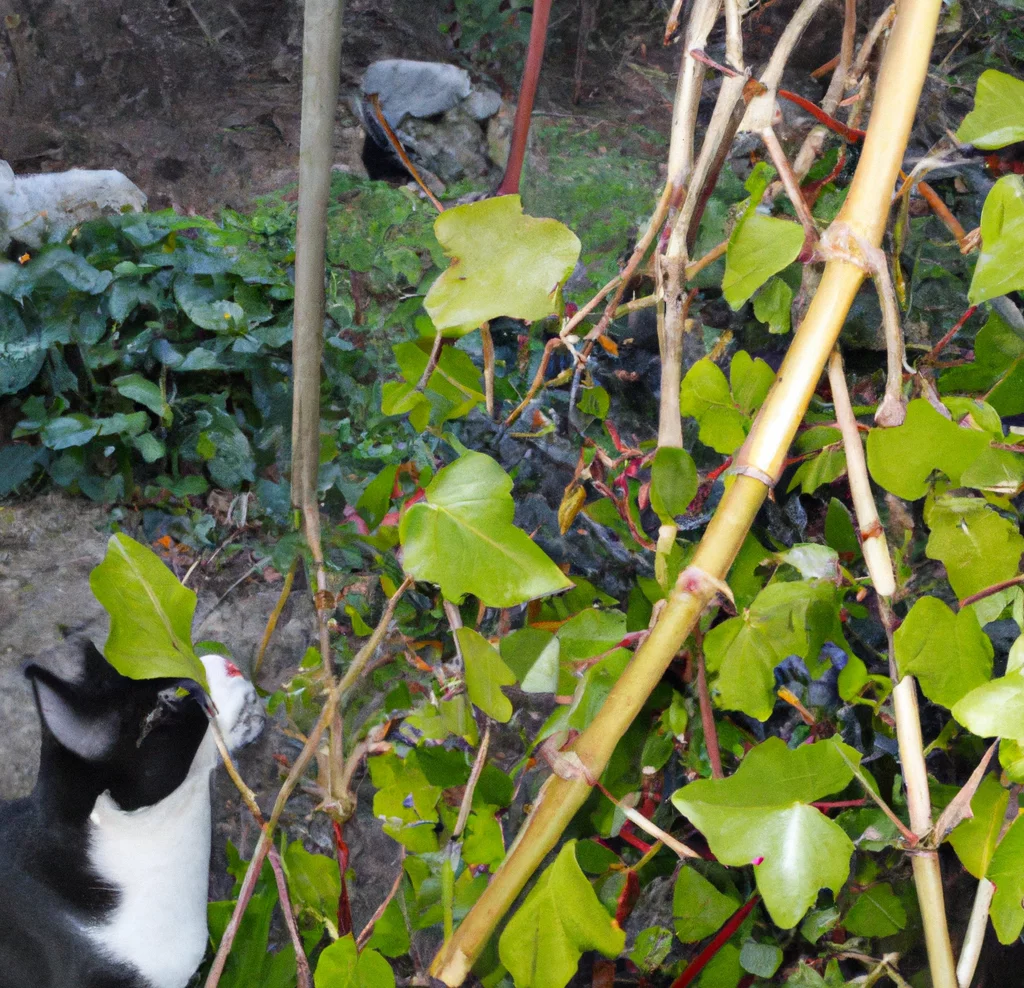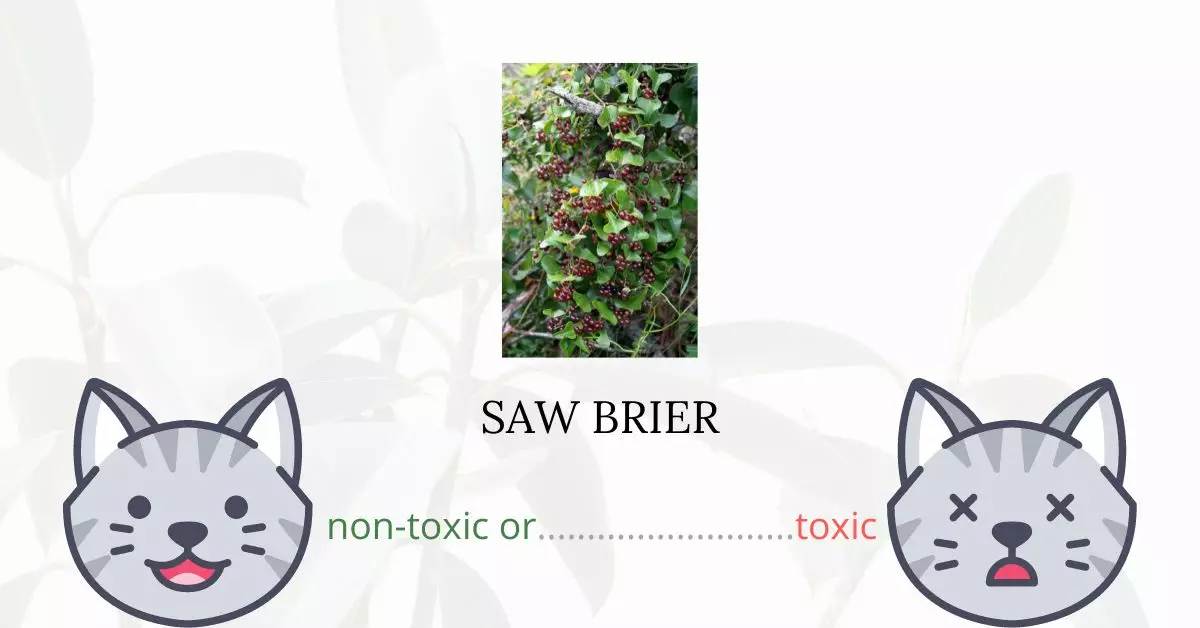No, saw brier is not toxic for cats.
Based on comprehensive research and in collaboration with a team of experienced DVMs (doctors of veterinary medicine), we can confirm that the saw brier is safe for cats. Renowned organizations like the American Society for the Prevention of Cruelty to Animals (ASPCA) and PetMD also list saw brier as a non-toxic plant for cats. Through the contributions of our veterinary experts, this article provides accurate and up-to-date information on the potential risks associated with various plants, emphasizing the effects of Saw Brier on cats.
However, while the plant is deemed safe, it is still essential to exercise caution. Cat parents should remain vigilant and prevent their feline friends from consuming any part of this plant to avoid potential digestive discomfort.
Can Cats Eat Saw Brier?

It’s not a big deal if your cat ate a modest amount of saw brier. If your cat ingests an excessive amount of saw brier, you should be worried. If a cat consumes too much of this vine, it may get indigestion or other digestive problems. Cats are obligate carnivores, thus their bodies are not equipped to digest plant-based foods. Therefore, if they consume a lot of plants, they get diarrhea and vomit.
The plant care items you apply to your plants can also have an impact on your cat’s welfare. Some industrial plant products have toxic compounds in them that leave residue on plants. Your cat could develop an illness if he or she ate a bit of a plant that was poisonous.
What is Saw Brier?

Sawbrier (Smilax glauca), is a woody vine in the family Smilacaceae. It is a common and noticeable component of the forest vegetation in the central and eastern regions of the United States, where it is native.
Additionally, it is widespread in much of Mexico. Sawbrier climbs using tendrils and has prickly stems. On the underside, leaves are particularly gray-glaucous to whitish. It frequently coexists with other Smilax species and can be seen growing along fences and in wooded regions. In the southern United States, the plants primarily have an evergreen nature.
This plant grows well in most soils, both in full sun and partial shade. It may spread across shrubs, stumps, or trees. It is a dioecious plant that may reach a height of 5 meters, is an evergreen climber, blooms in June, and has leaves all year long. Sand, loam, and clay are all suitable habitats for this species.
Berries are typically produced in the winter. The species’ leaves are basic; there is only one leaf per node, and it dies in the winter. The berries on this plant are meaty.
Keeping Cats Away From Saw Brier

Establishing a specific area in the yard that is acceptable for cats to use as a litterbox will keep them out of your garden.
If you have the extra room, the best method for keeping pets away from your plants is to keep a dedicated plant room. Sunrooms, spare bedrooms, or even a closet fitted with an LED grow light are all excellent places to grow your plants safely.
Cats are naturally inquisitive and they may be tormenting your plants because they’re bored. Try giving them interactive cat toys to stimulate them. For their enjoyment, you can also try growing some catnip. By doing this method, they will less likely pick on your plants.
Plants to Avoid For Your Cats
If you are a cat owner and unsure if the plants growing in your yard are harmful to your cats, check out this list of toxic plants for cats. You can also check our list of non-toxic plants for cats.





